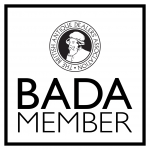-
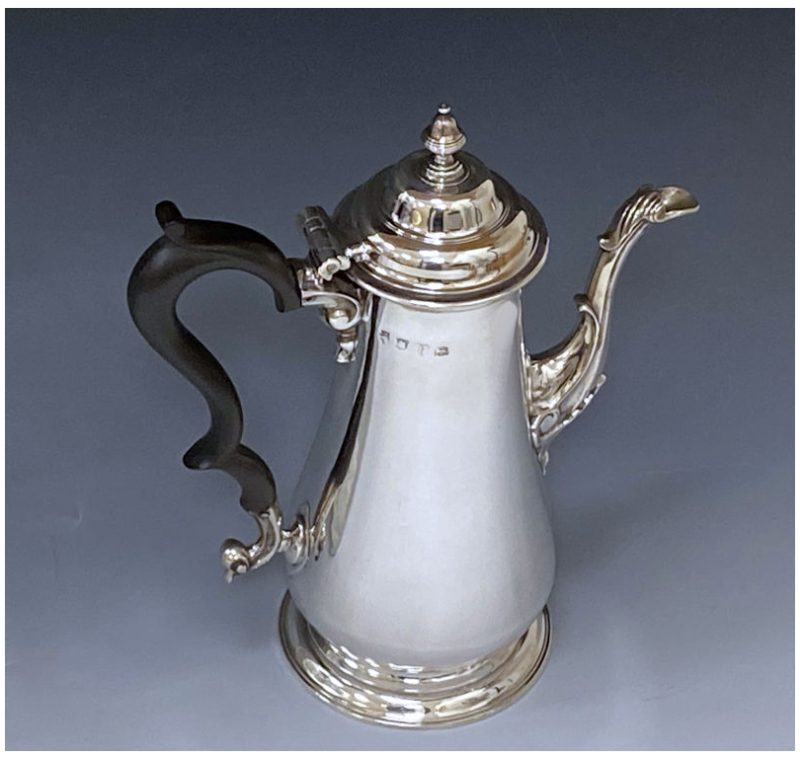
Antique Silver George II Coffee Pot made in 1754
£2,600ENQUIRE ABOUT THIS PIECEW23x1Date:1754Maker: William Shaw & William Priest£2,600 -
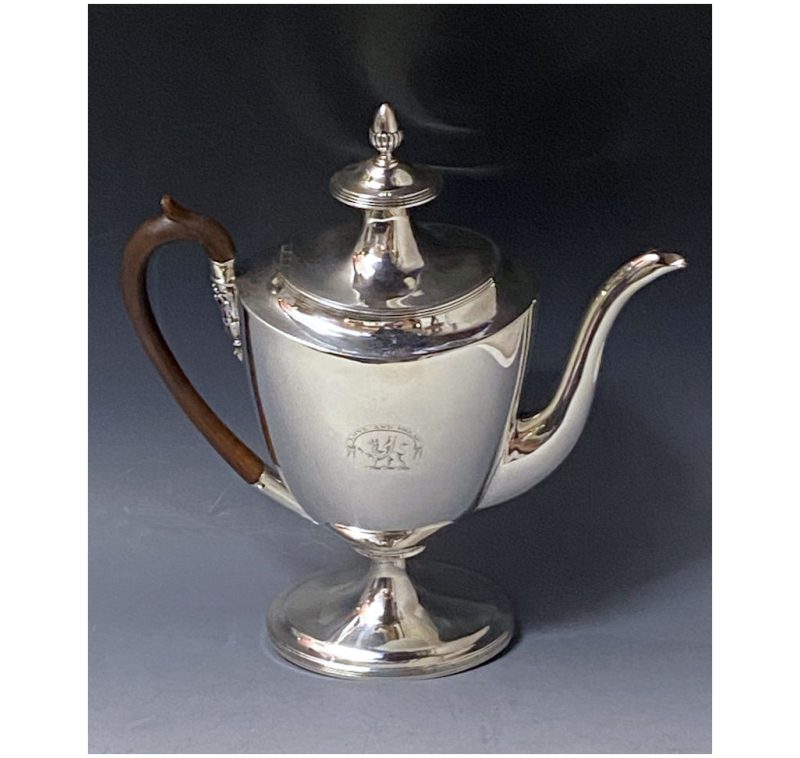
Antique Silver George III Coffee Pot made in 1800 with (Christopher Tower of Weald Hall Crest)
£1,800ENQUIRE ABOUT THIS PIECESA27x45Date:1800Maker: John Emes£1,800 -
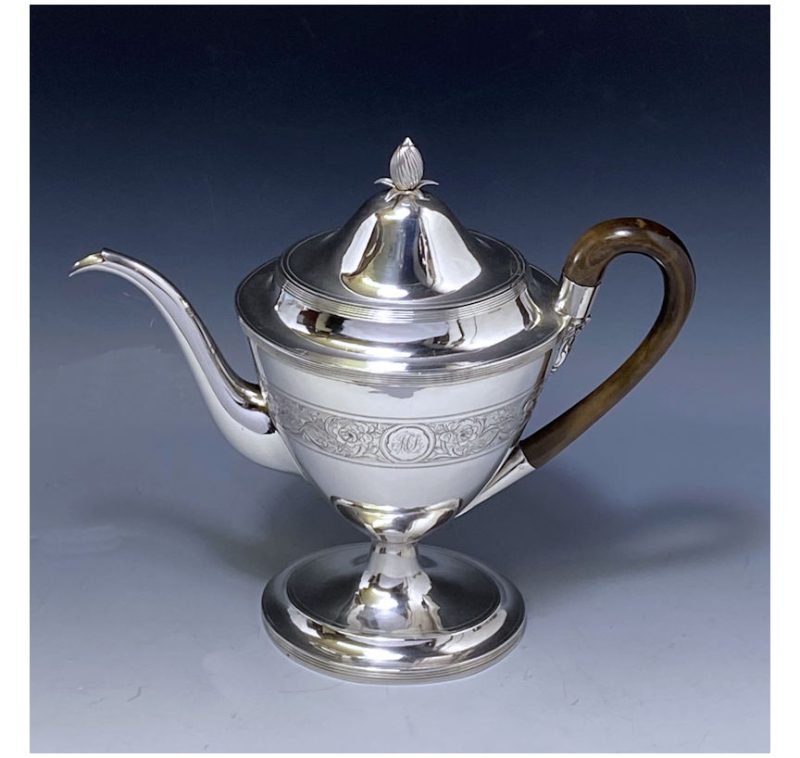
Antique Silver George III Coffee Pot made in 1799
£2,400ENQUIRE ABOUT THIS PIECEOB2x9Date:1799Maker: Peter & Ann Bateman£2,400 -
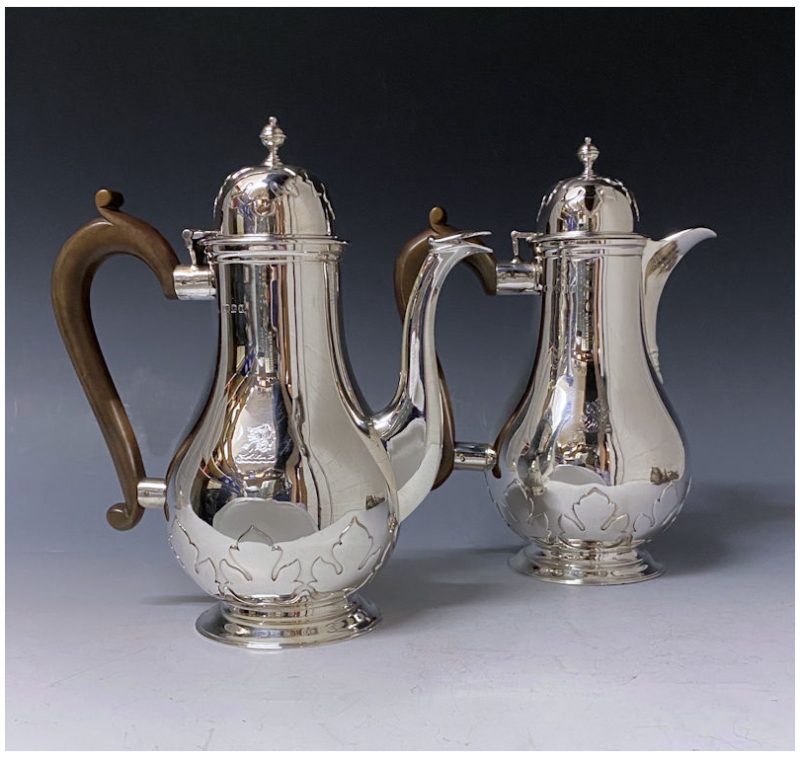
Pair of George V Antique Silver Cafe Au Lait Pots made in 1922-26
£1,400ENQUIRE ABOUT THIS PIECEW21x4Date:1922 - 1926Maker: Sebastian Garrard£1,400 -
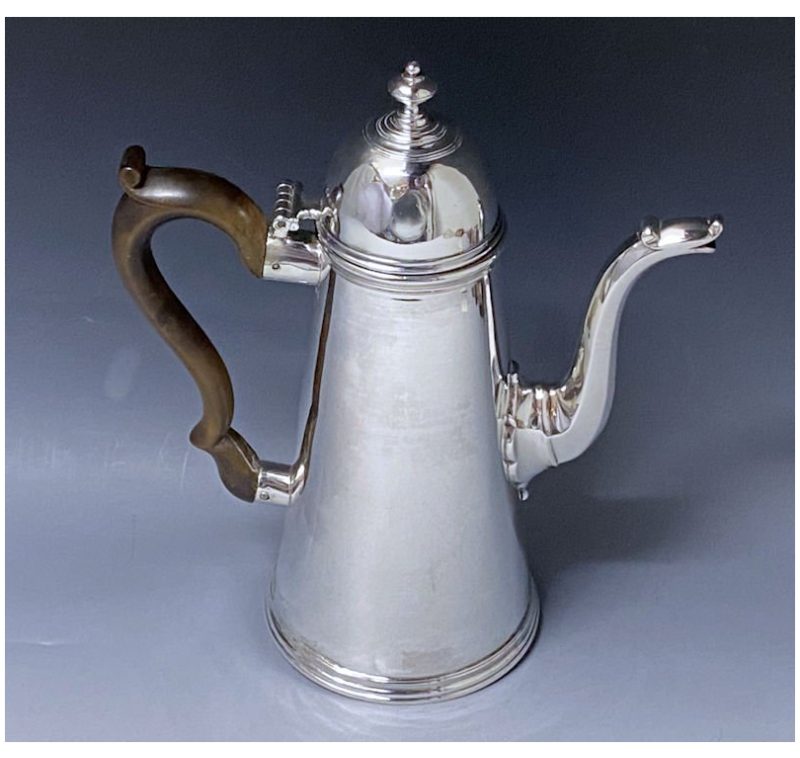
Antique Silver George I Coffee Pot made in 1725
£5,800ENQUIRE ABOUT THIS PIECEW24x5Date:1725Maker: Benjamin Blakely£5,800 -
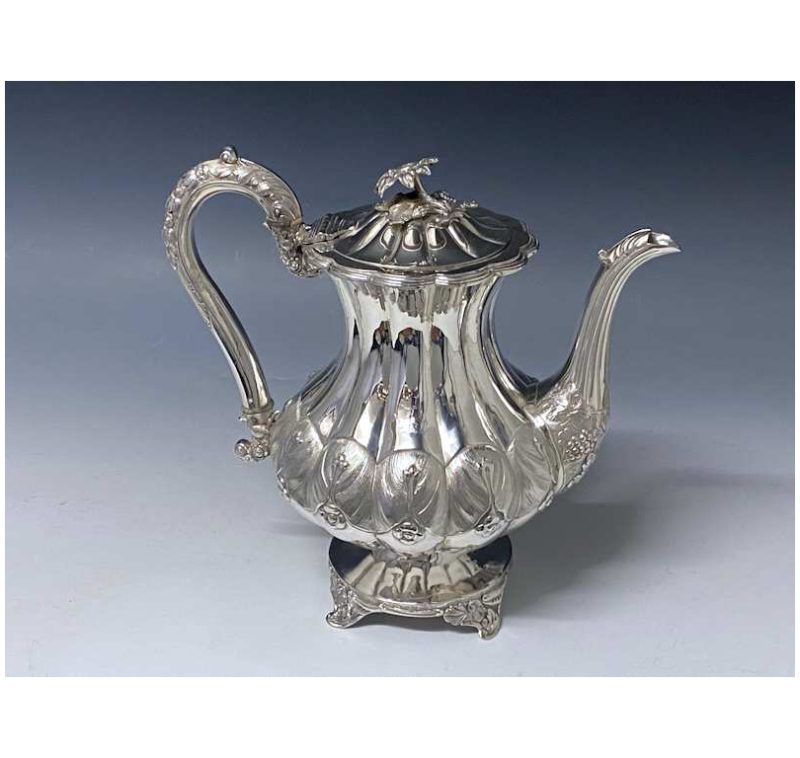
Antique Silver George IV “Melon Style” Coffee Pot made in 1830
£1,650ENQUIRE ABOUT THIS PIECEOB5x21Date:1830Maker: Jonathan Hayne£1,650 -
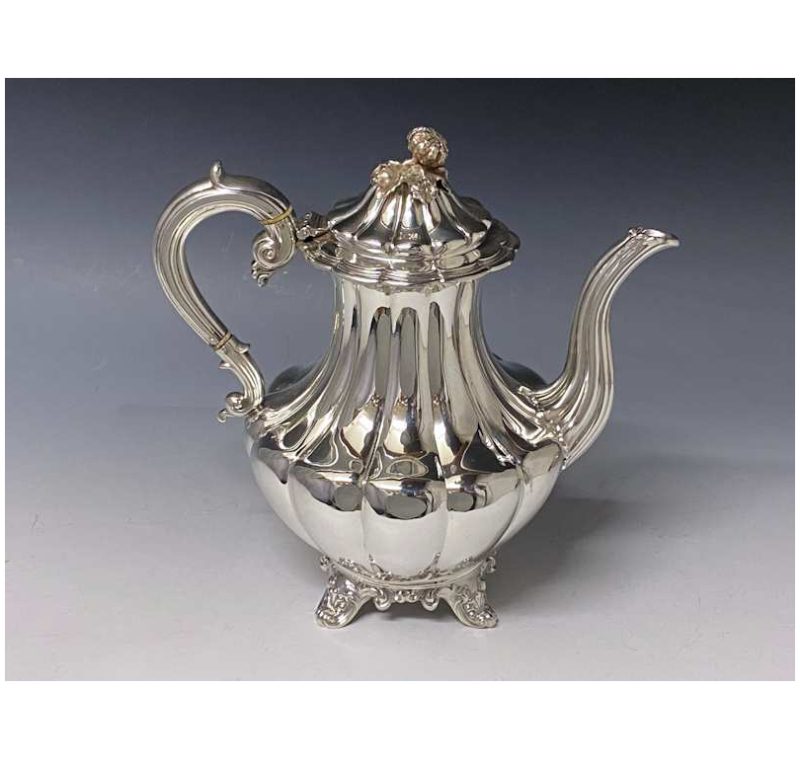
Antique Silver Victorian “Melon Style” Coffee Pot made in 1845
£1,450ENQUIRE ABOUT THIS PIECEOB7x6Date:1845Maker: Barnard Brothers£1,450 -
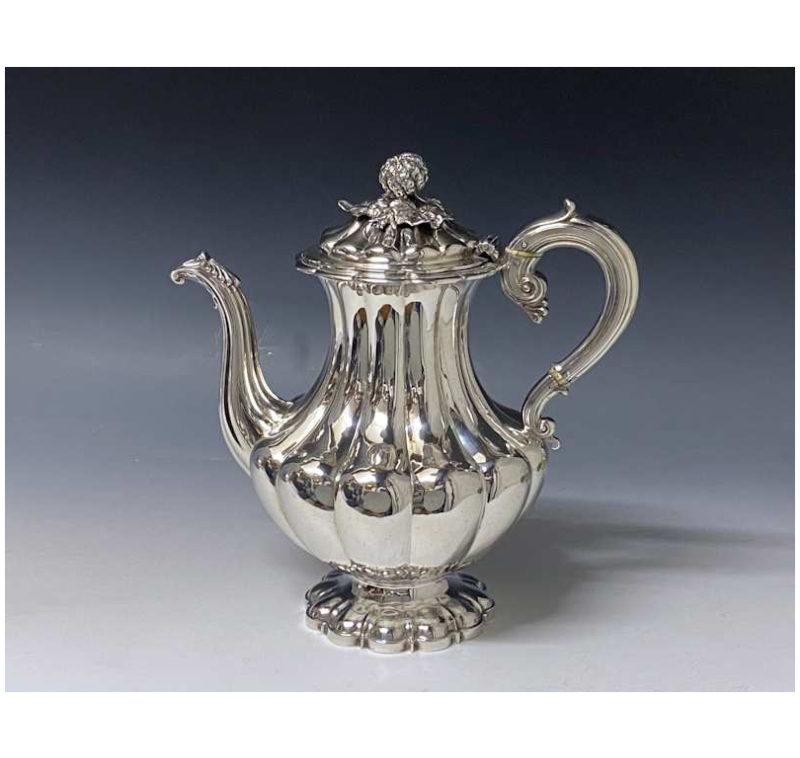
Antique Silver William IV Coffee Pot made in 1832
£1,450ENQUIRE ABOUT THIS PIECEM17x30Date:1832Maker: Barnard Brothers£1,450 -
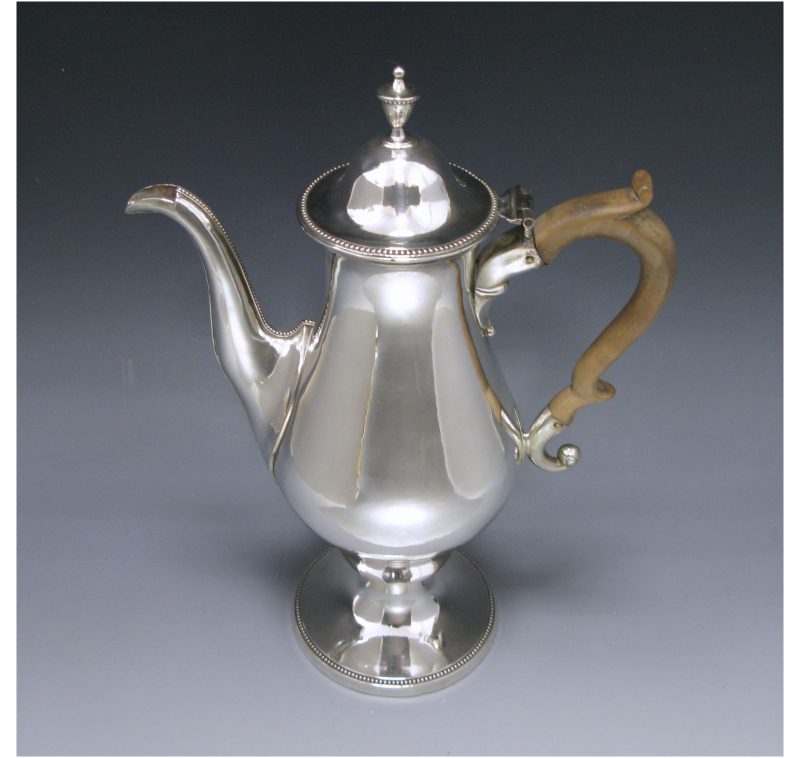
Sheffield Plate George III Coffee Pot made in c.1780
£500ENQUIRE ABOUT THIS PIECESA28x43Date:1780£500 -
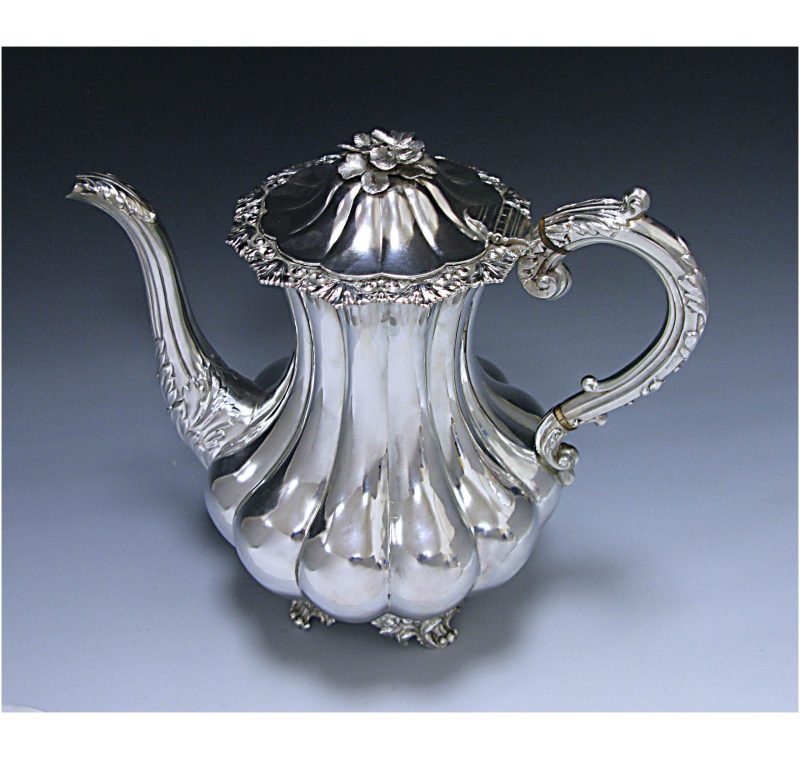
Antique Silver Victorian Coffee Pot made in 1846
£1,400ENQUIRE ABOUT THIS PIECEM19x5Date:1846Maker: Samuel Hayne & Dudley Cater£1,400 -
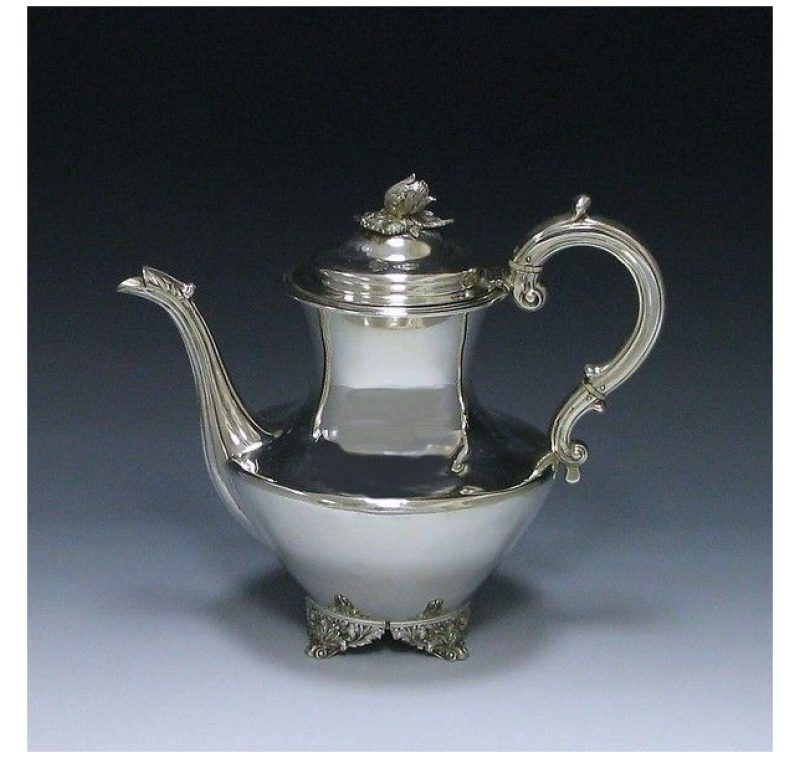
Antique Sterling Silver Coffee Pot made in 1834
£1,350ENQUIRE ABOUT THIS PIECEOB12x33Date:1834Maker: Jonathan Hayne£1,350
[gtranslate]

